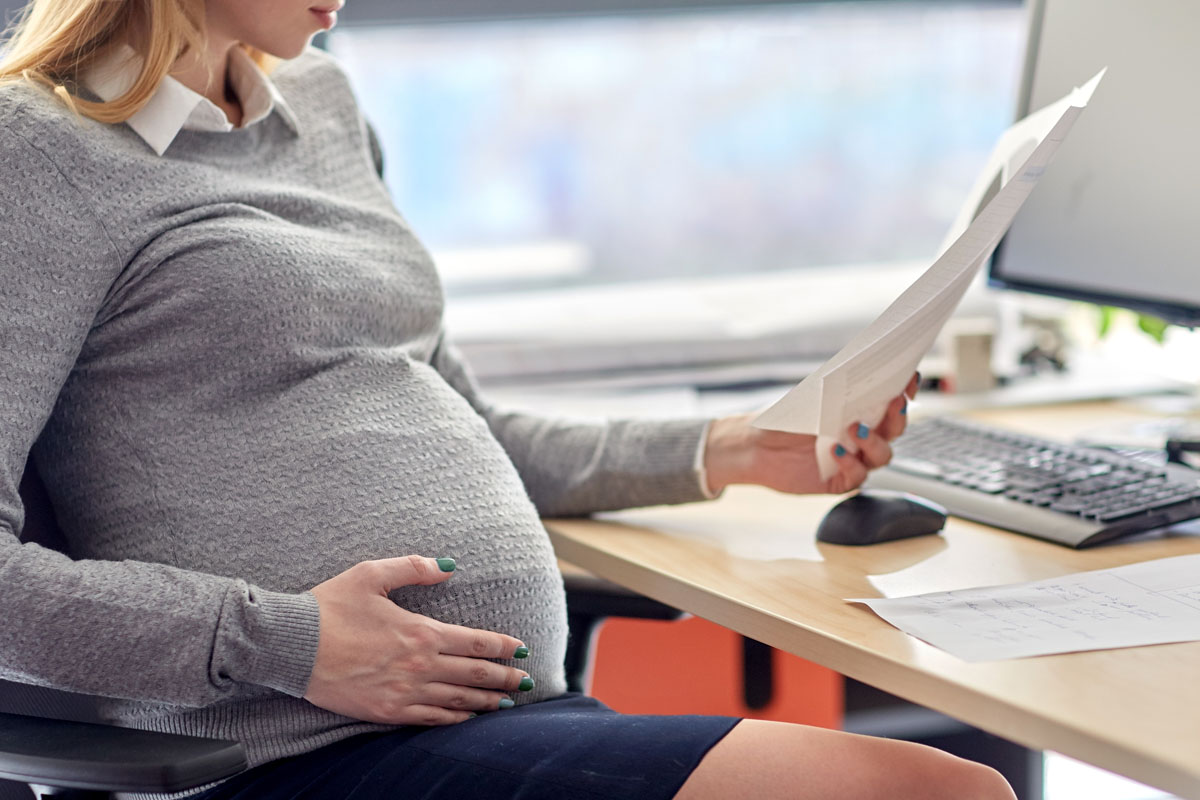Risk assessments for managing pregnancy and maternity at work
By law, you must have a general health and safety risk assessment for all employees. This includes considering specific risks for employees of a childbearing age, for example those who could become pregnant, are pregnant and new mothers.
Specific risks to employees of childbearing age could include:
- work-related stress
- lifting and carrying heavy objects
- sitting or standing for long periods of time
- exposure to toxic chemicals and radioactive materials
Bridge the Gap Safety can help with the risk assessment for managing pregnancy and maternity in the workplace, which can involve assessing and mitigating risks to ensure the health and safety of pregnant employees and their unborn children.
Here are some key points we look at for conducting risk assessments:
- Identify Hazards: Identify any tasks, processes, or substances in the workplace that could potentially harm the health and safety of pregnant employees or their unborn children. This could include physical, chemical, biological, or ergonomic hazards.
- Consult with Employees: Consult with pregnant employees about their work tasks and any concerns they may have regarding workplace hazards. Their input is valuable in identifying potential risks and finding suitable solutions.
- Assess Risks: Evaluate the level of risk associated with each identified hazard. Consider factors such as the likelihood of exposure, the severity of potential harm, and the duration of exposure.
- Control Measures: Implement control measures to eliminate or reduce the identified risks. This may involve modifying work processes, providing protective equipment, or adjusting working hours or tasks.
- Alternative Work Arrangements: Consider providing alternative work arrangements for pregnant employees if their usual tasks pose significant risks that cannot be adequately controlled. This could include temporary reassignment to different duties or adjustments to working hours or conditions.
- Training and Education: Ensure that all employees, including supervisors and managers, are aware of the risks associated with pregnancy and maternity in the workplace and understand their roles and responsibilities in managing these risks.
- Regular Review: Regularly review and update risk assessments to ensure they remain effective and relevant. Factors such as changes in work processes, new hazards, or changes in employee circumstances may necessitate revisions to existing risk assessments.
- Legal Compliance: Ensure that risk assessments and control measures comply with relevant legal requirements, such as those outlined in health and safety regulations or maternity protection laws.
By following these steps, employers can effectively manage pregnancy and maternity in the workplace and create a safe and supportive environment for pregnant employees.
For further information we recomenned looking at the ACAS page: Managing pregnancy and maternity










